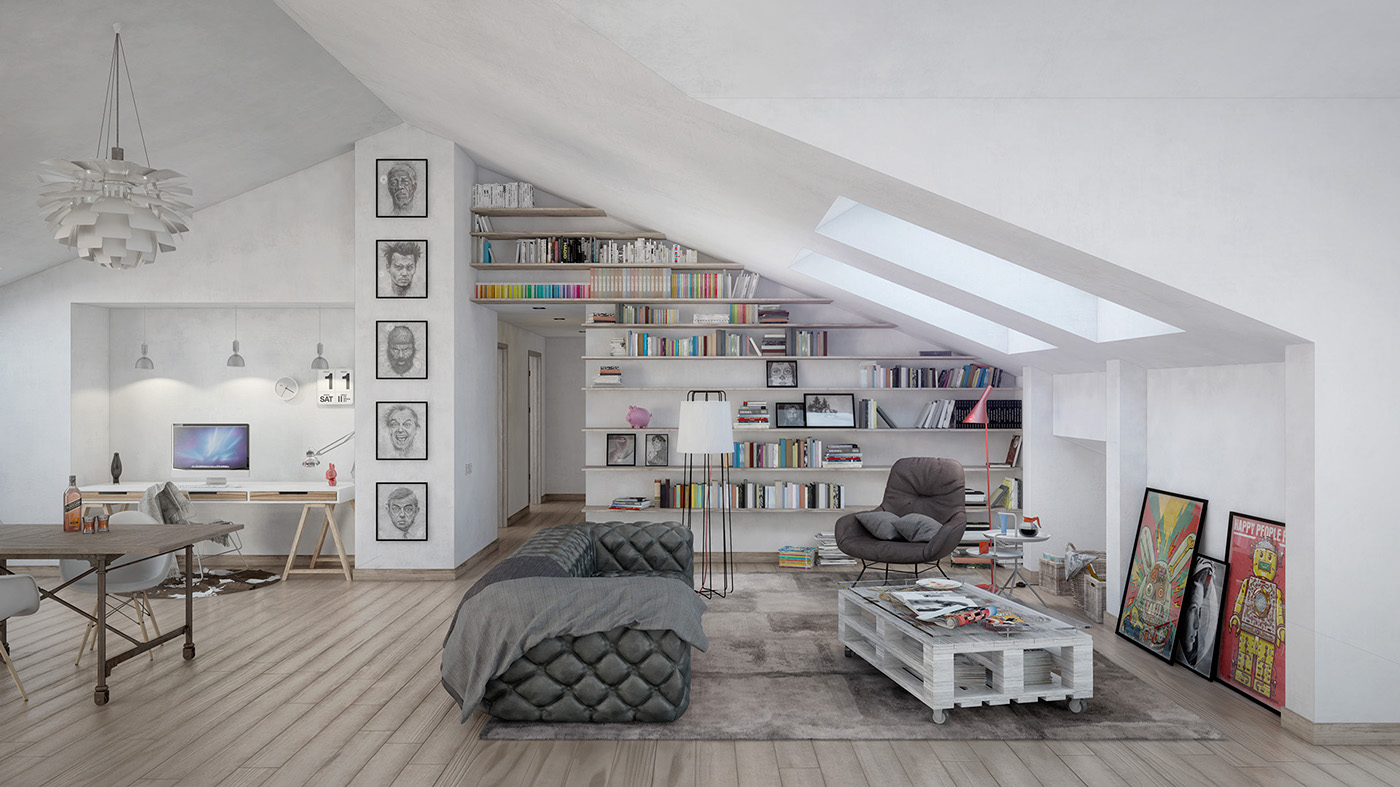

Articles
How To Decorate An Angled Wall In Living Room
Modified: March 1, 2024
Learn how to decorate an angled wall in your living room with these helpful articles. Transform your space and make a statement with our expert tips and ideas.
(Many of the links in this article redirect to a specific reviewed product. Your purchase of these products through affiliate links helps to generate commission for Storables.com, at no extra cost. Learn more)
Introduction
Decorating a room with angled walls can present a unique challenge. The uneven lines and unconventional shapes can make it difficult to determine the best way to arrange furniture, hang artwork, and create a cohesive design. However, with some creative thinking and careful planning, you can transform your angled wall into a stunning focal point in your living room.
In this article, we will explore various strategies and ideas to help you effectively decorate an angled wall in your living room. We will discuss how to analyze the space, choose the right furniture and decor, enhance the look with paint and wallpaper, hang artwork, create storage solutions, incorporate lighting fixtures, and add plants and greenery. By the end, you’ll have a comprehensive understanding of how to make your angled wall work for you.
So, let’s dive in and discover the secrets to decorating an angled wall in your living room!
Key Takeaways:
- Embrace the uniqueness of angled walls in your living room by utilizing creative furniture placement, strategic lighting, and personalized decor to transform potential design challenges into captivating focal points.
- Infuse your living room with angled walls with personal flair, thoughtful storage solutions, and vibrant greenery to create a visually stunning and inviting space that reflects your individuality and design aesthetic.
Read more: How To Decorate Living Room Walls
Understanding Angled Walls in Living Rooms
Angled walls in living rooms can add character and architectural interest to your space. They often occur in rooms with sloped ceilings or irregularly shaped layouts. While angled walls may seem challenging to work with, they can actually become a unique design feature that sets your living room apart.
First, it’s important to understand the purpose and function of angled walls. In some cases, angled walls are the result of attic spaces or rooflines, creating a charming and cozy atmosphere. In other instances, they might be intentional design choices to break up the monotony of a flat wall surface.
When it comes to decorating angled walls, it’s helpful to consider their shape and position in the room. Some angled walls may be short and shallow, while others can be long and steep. The angle and direction of the wall can also affect the flow and visual balance of the space.
One key aspect to keep in mind is the scale and proportion of the angled wall. A large, prominent angled wall can serve as a focal point and anchor the room, while smaller angled walls can be used to create cozy nooks or define alcoves.
Furthermore, it’s essential to take into account the natural light that enters through angled windows or skylights. Assessing how the light falls on the angled wall will influence the color choices, as well as the positioning of furniture and artwork.
Understanding the characteristics and potential of angled walls in your living room will be instrumental in creating a well-balanced and visually appealing space. In the following sections, we will delve into specific strategies to make the most out of your angled wall.
Analyzing the Space of an Angled Wall
Before diving into decorating an angled wall, it’s important to analyze the space and consider its unique characteristics. Understanding the dimensions and layout of the angled wall will help you determine the best approach to decor and furniture placement.
Start by measuring the height, length, and angle of the wall. This will give you a clear picture of the space you’re working with. Note any architectural features such as windows, doors, or exposed beams that may interact with the wall.
Next, consider the function of the room and how the angled wall can be used to optimize the space. Angled walls often create cozy corners and nooks that can be transformed into reading areas, storage solutions, or display spaces.
Pay attention to how the angled wall interacts with other straight walls in the room. The junctions and transitions between angled and straight walls can become design opportunities. You can emphasize these transitions by using contrasting paint colors or adding architectural details.
Once you have a clear understanding of the space, you can begin to plan the furniture layout. Keep in mind that angled walls can make it challenging to place larger pieces of furniture directly against them. Opt for furniture pieces that can be arranged in a way that complements the angles, such as sectional sofas or curved chairs.
Consider the traffic flow within the room and how the angled wall may affect it. Ensure there is enough space to move comfortably around furniture and navigate the room without feeling cramped or obstructed by the wall.
Lastly, take into account the natural light in the room. Angled walls with windows or skylights can create interesting lighting effects. Harness this natural light and enhance the ambience of the space by choosing window treatments that allow light to filter through while accentuating the unique shape of the wall.
By thoroughly analyzing the space of an angled wall, you’ll be better equipped to make informed decisions on furniture placement, lighting, and other design elements. This thoughtful approach will result in a cohesive and visually pleasing living room that maximizes the potential of the angled wall.
Choosing the Right Furniture and Decor
When it comes to decorating an angled wall, selecting the right furniture and decor is crucial. The goal is to enhance the visual appeal of the space while accommodating the unique angles and dimensions of the wall. Here are some tips to help you make the best choices:
1. Consider the scale: Since angled walls can vary in size and shape, it’s essential to choose furniture that is proportionate to the wall. Oversized furniture may overwhelm a small angled wall, while too-small pieces may look out of place against a larger wall. Take measurements and choose furniture that complements the scale of the wall.
2. Opt for flexible furniture: Angled walls can limit the available floor space, so it’s beneficial to choose furniture with a versatile design. Look for modular furniture that can be rearranged or pieces with hidden storage compartments to maximize the functionality of the space.
3. Embrace curves: Angled walls often have soft curves and irregular shapes. Incorporating furniture with rounded edges or curved lines can complement the organic feel of the wall. Consider using curved sofas, ottomans, or accent chairs to create a harmonious flow with the angles.
4. Arrange furniture creatively: Don’t be afraid to experiment with furniture placement to work with the angles of the wall. Angled walls can serve as natural dividers, so consider using them as backdrop for sectional sofas or as a focal point for a cozy reading corner.
5. Pay attention to colors and patterns: The colors and patterns you choose for your furniture and decor can greatly impact the overall look of the room. Lighter colors can help make a small angled wall appear more spacious, while bold patterns can add visual interest and draw attention to the wall.
6. Use accent pieces strategically: Incorporating carefully chosen accent pieces can help highlight the beauty of the angled wall. Consider using decorative mirrors, artwork, or floating shelves to draw attention to the unique shape and angles. These pieces can also help balance the visual weight of the wall.
7. Incorporate texture: Adding texture to your furniture and decor can bring depth and warmth to the room. Consider using plush rugs, textured pillows, or woven baskets to create visual interest and add a cozy feel to the space.
By following these tips, you can choose furniture and decor that not only complements the angled wall but also enhances the overall aesthetic of your living room. Remember to strike a balance between functionality and style, creating a space that is both visually appealing and comfortable to live in.
Enhancing the Look with Paint and Wallpaper
One of the most effective ways to transform an angled wall in your living room is through the use of paint and wallpaper. These versatile design elements can enhance the visual appeal of the wall and create a stunning backdrop for your furniture and decor. Here are some ideas to consider when it comes to enhancing the look of your angled wall:
1. Choose the right color: The color you select for your angled wall can greatly impact the overall atmosphere of the room. If you want to create a sense of openness, opt for light and neutral colors such as whites, creams, or pastels. These colors can help visually expand the space. On the other hand, if you want to make a bold statement, consider using dark or vibrant colors to add drama and depth to the wall.
2. Create an accent wall: An accent wall is a great way to draw attention to the angled wall and make it a focal point in the room. Choose a contrasting color that complements the rest of the space and paint the angled wall accordingly. This technique can add visual interest and create a striking design element in your living room.
3. Use wallpaper: Wallpaper is another fantastic option to add texture and pattern to your angled wall. Look for wallpapers with geometric patterns or organic motifs that can complement the angles of the wall. Consider using wallpaper on the entire angled wall or as a feature wall to create a stunning backdrop for your furniture and decor.
4. Play with stripes: Striped patterns can work wonders on angled walls, as they can visually elongate or shorten the wall depending on the direction of the stripes. Horizontal stripes can make a short angled wall appear longer, while vertical stripes can add height to a shallow angled wall. Experiment with different widths and colors to achieve the desired effect.
5. Create a textured effect: If you want to add depth and visual interest to your angled wall, consider using techniques such as stucco, faux finishes, or textured paint. These methods can create a unique and textured look that enhances the overall aesthetic of the wall and adds a touch of elegance to the space.
6. Blend in or stand out: Depending on your design preference, you can choose to either blend the angled wall with the surrounding walls or make it stand out. If you want a cohesive look, paint the angled wall the same color as the adjacent walls. Alternatively, if you want to make a statement, paint the angled wall a contrasting color that sets it apart from the rest of the room.
Remember to consider the lighting in the room when selecting paint or wallpaper for your angled wall. Natural light or strategically placed lighting fixtures can highlight the textures, patterns, and colors, further enhancing the overall look of the wall.
By utilizing paint and wallpaper effectively, you can transform your angled wall into a visually captivating feature in your living room. Whether you opt for a subtle hue or a bold print, the right choice of paint or wallpaper can truly elevate the atmosphere of the space.
Read more: How To Decorate A Living Room?
Hanging Artwork on an Angled Wall
When it comes to decorating an angled wall, hanging artwork can be a bit challenging due to the unconventional shape and angle. However, with a thoughtful approach, you can turn your angled wall into a stunning display for your artwork. Here are some tips to help you effectively hang artwork on an angled wall:
1. Consider the scale and placement: Take into account the size of the wall and the scale of your artwork. Large, bold pieces can create a striking focal point on a larger angled wall, while smaller pieces may work better in a collection or gallery-style arrangement. Consider the height at which you want to hang the artwork, taking into account eye level and the overall balance of the wall.
2. Create a gallery wall: Angled walls are perfect for creating dynamic gallery walls that highlight your art collection. Arrange a curated mix of framed art, photographs, and other decorative elements. Play with different sizes, shapes, and orientations of the artwork to add visual interest to the wall. Use painter’s tape or paper cutouts to map out the arrangement before committing to any nail holes.
3. Utilize the angles: Embrace the unique angles of the wall by aligning the artwork parallel or perpendicular to the slant. This can create an interesting visual effect and help accentuate the shape of the wall. Experiment with different angles and orientations to find the arrangement that best suits the artwork and enhances the wall.
4. Consider the framing: The right framing can elevate the impact of your artwork on an angled wall. Choose frames that complement the style and colors of the artwork and the overall aesthetic of the room. Consider using similar frames for a cohesive look, or mix and match frames for an eclectic and artistic feel.
5. Use hanging systems: To ensure your artwork is securely and evenly hung on an angled wall, consider using hanging systems designed specifically for this purpose. These systems have adjustable hooks or wires that can accommodate the angle of the wall and help you achieve a level hanging position.
6. Incorporate accent lighting: To further enhance the impact of your artwork, consider adding accent lighting to the angled wall. Well-placed spotlights or track lighting can bring attention to the artwork and create a dramatic effect. Experiment with different lighting angles and intensities to find the perfect balance.
7. Think beyond traditional artwork: Don’t limit yourself to traditional framed artwork. Angled walls provide an opportunity to think outside the box and hang other decorative elements such as macrame hangings, tapestries, or sculptural pieces. These unconventional choices can add a unique touch to the wall.
Remember to step back and assess the overall arrangement as you hang the artwork. Take the time to make adjustments and ensure the composition is balanced and pleasing to the eye. With careful consideration and a bit of creativity, you can transform your angled wall into a captivating gallery space that showcases your artwork beautifully.
Use the angled wall as a focal point by adding a large piece of artwork or a gallery wall. Consider installing shelves or a built-in bookcase to make the most of the unique space.
Creating Storage Solutions for Angled Walls
Angled walls in your living room can present a unique opportunity to create storage solutions that are both functional and visually appealing. By utilizing the often underutilized space, you can maximize the storage capacity of your room while seamlessly integrating it into the design. Here are some ideas for creating storage solutions for angled walls:
1. Built-in shelving: Installing built-in shelves along the angled wall can be an excellent way to utilize the vertical space. These shelves can provide ample storage for books, decorative items, or even media equipment. Customize the height and depth of the shelves to fit the specific angles of the wall and consider adding cabinets or drawers for concealed storage.
2. Floating shelves: Floating shelves are a versatile storage solution that can be easily installed on angled walls. These shelves can be arranged in various configurations and can hold a range of items, from books to decorative accessories. Choose shelves that are sturdy and opt for a finish that complements the overall design of the room.
3. Nooks and alcoves: Angled walls often create cozy nooks and alcoves that can be transformed into functional storage spaces. Use these areas to install custom cabinets, bookshelves, or cubbies. Consider adding doors or curtains to hide the storage when not in use, creating a clean and streamlined look.
4. Underneath the angled wall: Don’t overlook the space underneath the angled wall. You can install low-height cabinets or drawers to take advantage of this often unused area. These storage options can be used to store items such as blankets, board games, or electronics.
5. Hanging hooks and racks: Install hooks or racks on the angled wall to hang coats, bags, or hats. This is a simple yet effective storage solution that keeps items off the floor and easily accessible. Utilize decorative hooks or racks that complement the style of the room.
6. Utilize the height: Take advantage of the height of the angled wall by installing a ladder or rolling library staircase to reach higher shelves or cabinets. This adds both functionality and a touch of elegance to the storage solution.
7. Custom cabinets and wardrobes: If you have a larger angled wall, you may consider installing custom cabinets or wardrobes. These can be designed to fit seamlessly into the wall and provide ample storage for clothing, linens, or other household items. Customize the interior layout to make the most of the available space.
8. Modular storage systems: Modular storage systems offer great flexibility and can be easily adjusted to fit the angles of the wall. These systems typically consist of interchangeable shelves, drawers, and cubbies that you can rearrange to suit your storage needs. Choose a modular system that complements the style of the room and allows for easy customization.
Remember to plan your storage solutions in a way that complements the overall design and flow of the room. Consider the usage and accessibility of the storage areas to ensure they meet your practical requirements. With some creativity and thoughtfulness, you can create storage solutions that not only maximize the space but also enhance the aesthetic appeal of your living room’s angled walls.
Incorporating Lighting Fixtures
Lighting is a crucial aspect of any well-designed space, and incorporating lighting fixtures can greatly enhance the ambiance and functionality of your living room with angled walls. By strategically placing lights and choosing the right fixtures, you can highlight the unique features of the angled wall and create a warm and inviting atmosphere. Here are some ideas for incorporating lighting fixtures on angled walls:
1. Pendant lights: Hang pendant lights from the ceiling in front of or near the angled wall to draw attention to its unique shape. Pendant lights can serve as focal points and create a dramatic effect. Choose fixtures that complement the style of the room and the overall design aesthetic.
2. Wall sconces: Install wall sconces on the angled wall to provide both ambient and accent lighting. Wall sconces can add a touch of elegance and sophistication, while also creating a soft and warm glow. Consider placing wall sconces at different heights along the wall to create visual interest.
3. Track lighting: Track lighting systems are ideal for angled walls as they can be adjusted to highlight specific areas or objects. Install a track along the slant of the wall and position adjustable light fixtures to illuminate artwork, shelves, or other focal points. This allows for flexibility in directing light where it’s most needed.
4. Recessed lights: Consider installing recessed lights on the angled wall to provide a clean and streamlined look. Recessed lights can create a subtle and even illumination that complements the angles of the wall. Use multiple recessed lights to evenly distribute light across the wall and prevent any shadowed areas.
5. Floor lamps: Place floor lamps in front of the angled wall to provide additional lighting and add a decorative element. Floor lamps can illuminate specific corners or areas of the room and create a cozy atmosphere. Choose floor lamps that complement the style and height of the room.
6. Fairy lights and LED strips: For a whimsical and enchanting look, incorporate fairy lights or LED strips along the angles of the wall. These lighting options can create a magical effect and add a touch of charm to your living room. Consider hiding the wiring behind shelves or molding for a seamless appearance.
7. Accent lighting: Use accent lighting to highlight specific features or architectural elements of the angled wall. By focusing light on specific areas, such as niches or alcoves, you can create a sense of depth and dimension. Use directional spotlights or picture lights to accentuate artwork or decorative objects.
When incorporating lighting fixtures, be mindful of the color temperature of the bulbs. Warm-white or soft-white bulbs can create a cozy and inviting atmosphere, while cool-white bulbs can provide a more vibrant and energetic feel. Experiment with different lighting combinations to achieve the desired effect.
Remember to consult with a professional electrician if you’re unsure about the wiring and installation of the lighting fixtures. With the right lighting, you can bring your living room with angled walls to life and create a captivating and inviting space.
Adding Plants and Greenery
Bringing plants and greenery into your living room can liven up the space and create a fresh and inviting atmosphere. When decorating angled walls, incorporating plants can soften the angles and add a natural element that complements the unique shape of the wall. Here are some ideas for adding plants and greenery to your living room:
1. Hang plants: Utilize the vertical space of the angled wall by hanging plants. Choose plants with cascading foliage or vines that can drape gracefully down the wall. Macrame plant hangers or decorative hooks can be used to suspend the plants and add a touch of bohemian flair to the room.
2. Install floating shelves: Place floating shelves on the angled wall and use them as display areas for potted plants. This not only adds greenery to the space but also creates an eye-catching design feature. Choose plants of varying heights and textures to create a visually interesting arrangement.
3. Create a plant wall: Consider creating a living plant wall on the angled wall. Use mounted planters or vertical gardening systems to create a lush and vibrant display. Choose a mix of plants with different colors, textures, and sizes to add visual interest to the wall. Ensure the wall receives adequate light and provide proper care for the plants.
4. Utilize corner shelves: If the angle of the wall creates a corner space, utilize it by installing corner shelves. Arrange potted plants on these shelves, filling the corner with greenery. This not only adds oxygen and freshness to the room but also makes use of the otherwise wasted space.
5. Incorporate tall plants: Place tall potted plants next to the angled wall to create a sense of verticality and balance. Large plants can fill empty spaces and add a dramatic touch to the room. Choose plants with upright growth habits or tall tree-like specimens to make a bold statement.
6. Create a plant stand: Use a sturdy plant stand positioned against the angled wall to display a collection of plants. This creates a dedicated area for showcasing your greenery and adds depth to the space. Mix different heights, colors, and textures of plants for a visually appealing display.
7. Consider artificial plants: If you’re concerned about maintenance or lack of natural light, artificial plants can be a convenient alternative. High-quality artificial plants can provide a lifelike look without the need for watering or sunlight. Place these plants strategically along the angled wall to add a touch of greenery.
Remember to consider the lighting conditions and individual plant requirements when selecting plants for your angled wall. Some plants thrive in low light, while others require ample sunlight. Choose plants that are suitable for your living room’s specific lighting conditions to ensure their health and longevity.
By incorporating plants and greenery, you can soften the angles of the wall, add a refreshing touch to the room, and create a soothing and vibrant environment in your living room with angled walls.
Read more: How To Decorate A Living Room
Final Touches and Additional Tips
When it comes to decorating a living room with angled walls, paying attention to the final touches can elevate the overall look and feel of the space. Here are some additional tips and ideas to consider for the finishing touches:
1. Paint the adjacent walls: To create a cohesive and harmonious look, paint the adjacent walls in colors that complement the angled wall. This helps to tie the room together and create a seamless transition between the walls. Consider using a lighter shade of the same color or opt for a complementary color scheme.
2. Add mirrors: Incorporate mirrors on the angled wall to create the illusion of more space and reflect natural light. Mirrors not only enhance the overall visual appeal but also help brighten up the room. Choose mirror frames that complement the style of the space and consider grouping multiple mirrors for added impact.
3. Use decorative molding: Install decorative molding or trim along the angles of the wall to create a polished and sophisticated look. This can help accentuate the shape of the wall and add architectural interest. Choose molding styles that align with the overall aesthetic of the room.
4. Experiment with textiles: Incorporate soft furnishings, such as throw pillows, blankets, and rugs, to add texture and coziness to the room. Choose fabrics that complement the color scheme and style of the space. Consider incorporating patterns or textures that create visual interest and contribute to the overall design.
5. Display personal touches: Personalize the space by displaying cherished items, such as family photos, artwork created by loved ones, or travel souvenirs. These personal touches can add warmth and character to the living room, making it feel truly unique and inviting.
6. Keep the room clutter-free: Angled walls already introduce some visual complexity to the room, so it’s important to keep the space clutter-free and well-organized. Conceal wires, cables, and other unsightly elements as much as possible. Use storage solutions to keep belongings out of sight and maintain a clean and visually appealing environment.
7. Seek professional advice: If you’re uncertain about the design or feel overwhelmed by the process, don’t hesitate to consult with a professional interior designer. They can offer expert advice, help you optimize the space, and bring your vision to life.
Remember, decorating a living room with angled walls requires creativity, attention to detail, and a thoughtful approach. With careful consideration of furniture placement, lighting, color choices, and storage solutions, you can transform your angled walls into captivating focal points that enhance the overall aesthetic and functionality of your living space.
So, embrace the uniqueness of your angled walls and let your creativity guide you as you add your personal flair to your living room. With the right touches and a dash of creativity, you can create a space that is truly extraordinary.
Conclusion
Decorating a living room with angled walls may initially seem like a challenge, but with the right strategies, it can become an opportunity to create a unique and visually stunning space. By understanding the characteristics of angled walls and analyzing the available space, you can make the most out of these architectural features.
Through careful consideration of furniture placement, choosing the right color scheme, incorporating lighting fixtures, adding plants and greenery, and utilizing storage solutions, you can transform your angled wall from a potential design obstacle to a captivating focal point. Each element helps to enhance the overall aesthetic, boosting the visual appeal and functionality of the space.
Remember to maintain balance and harmony in your design choices. Pay attention to details such as paint colors, artwork, textiles, and personal touches that reflect your style and create a welcoming atmosphere. Taking the time to plan and execute these final touches will ensure a cohesive and inviting space.
Throughout the process, it’s essential to infuse your personal touch, allowing your unique style and creativity to shine. Experiment with different ideas, trust your instincts, and don’t be afraid to step outside the conventional boundaries. Your living room with angled walls can become a stunning showcase of your personality and design aesthetic.
In conclusion, decorating an angled wall in your living room requires a thoughtful and strategic approach. Whether you’re accentuating the unique angles, optimizing storage solutions, or infusing the space with color and greenery, the end result will be a captivating and inviting room that showcases your creativity and style. Embrace the challenge, enjoy the process, and create a living room that truly reflects your individuality.
Frequently Asked Questions about How To Decorate An Angled Wall In Living Room
Was this page helpful?
At Storables.com, we guarantee accurate and reliable information. Our content, validated by Expert Board Contributors, is crafted following stringent Editorial Policies. We're committed to providing you with well-researched, expert-backed insights for all your informational needs.
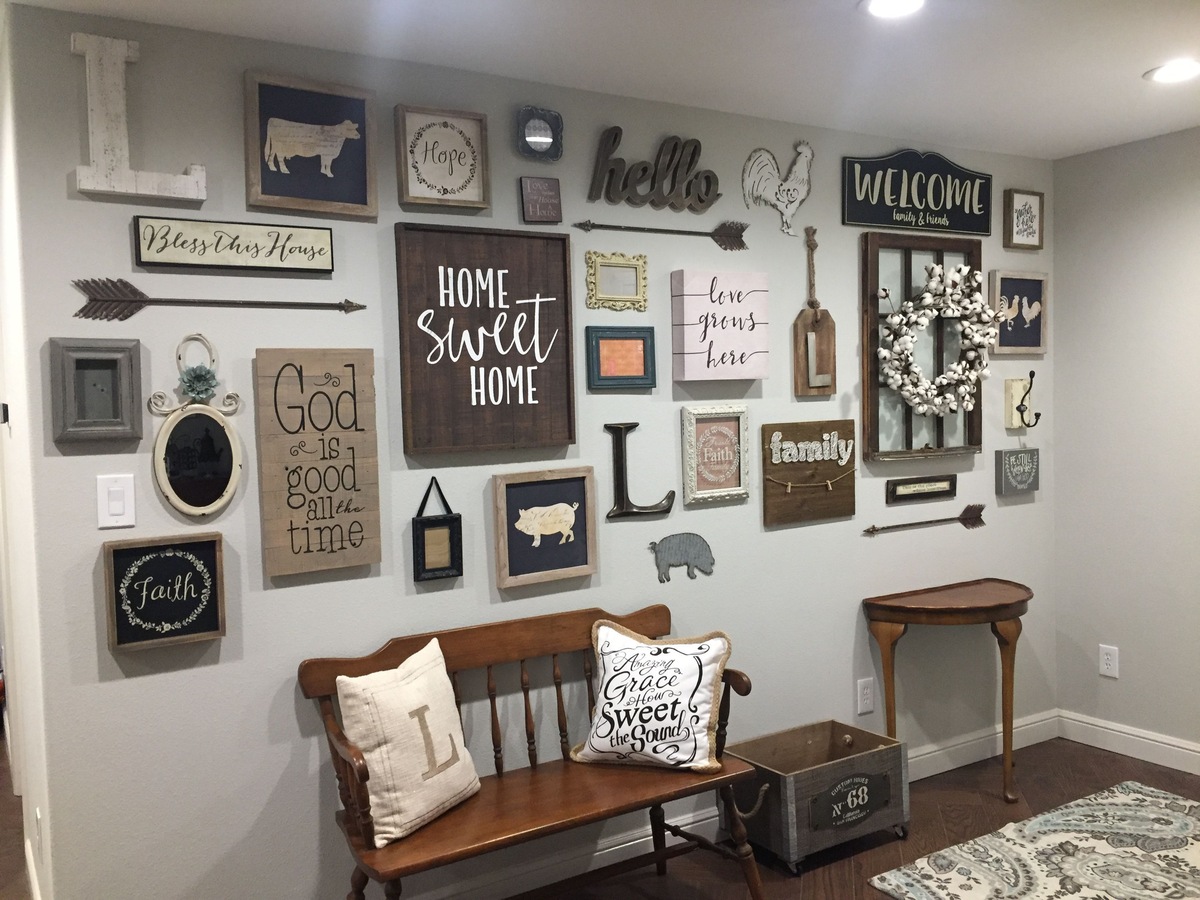
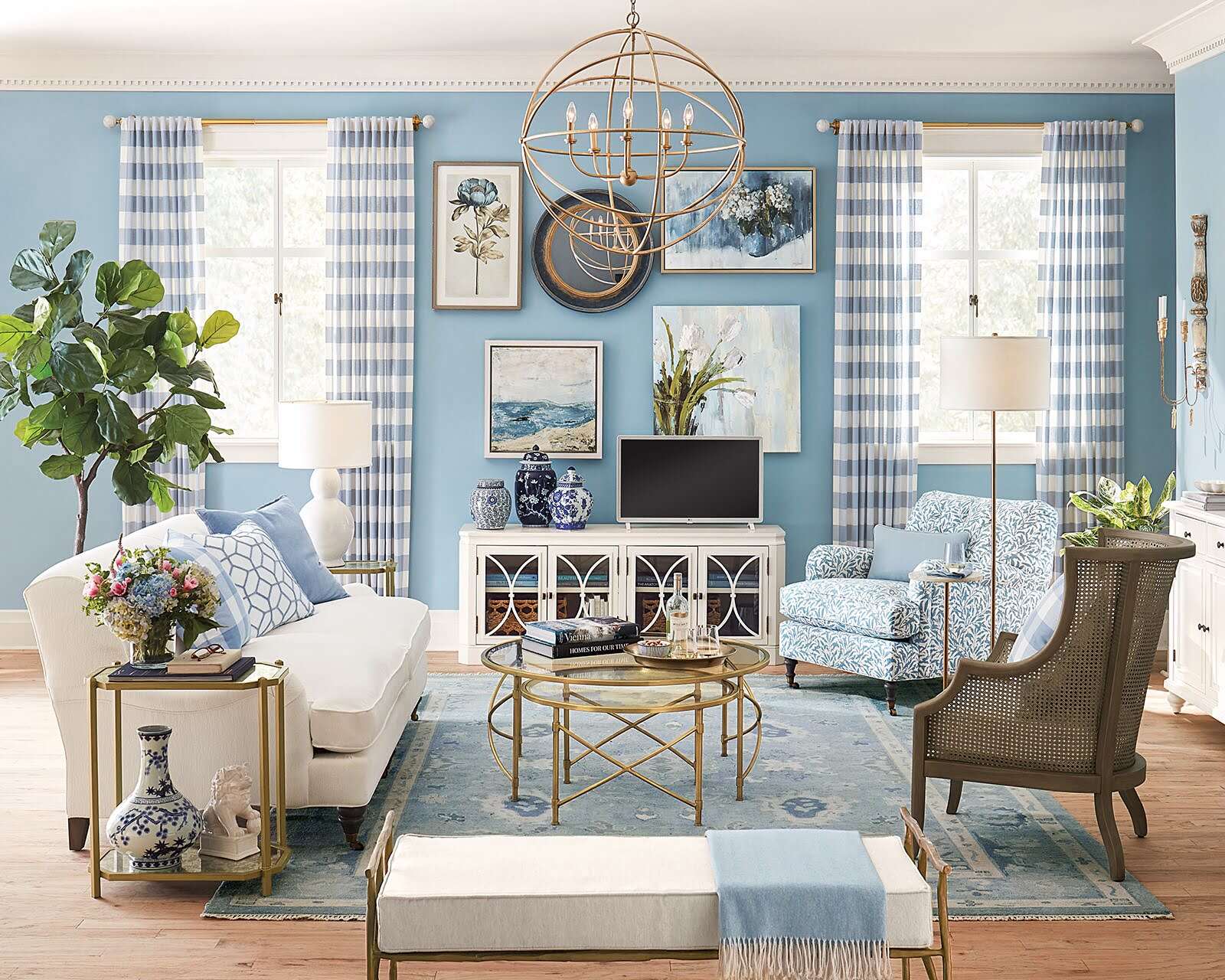
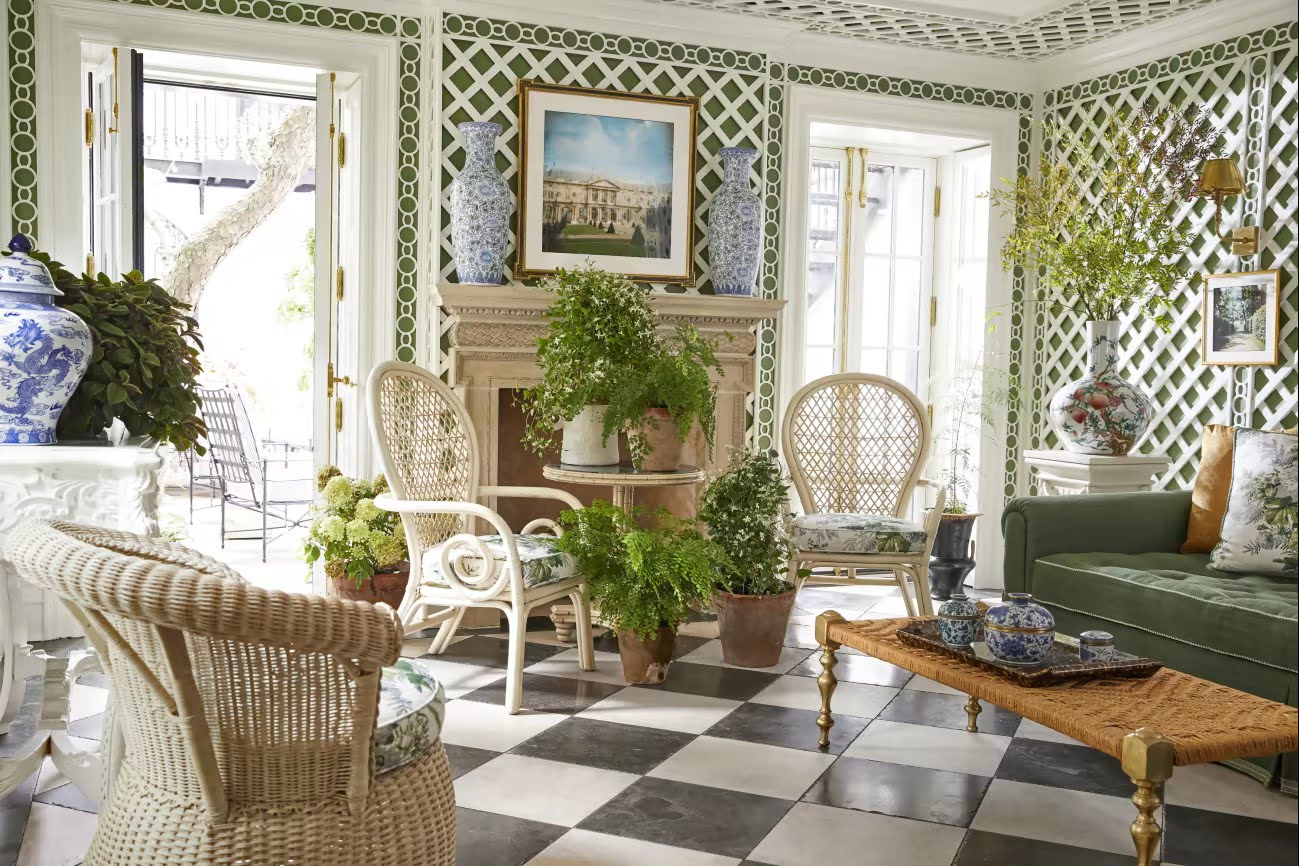
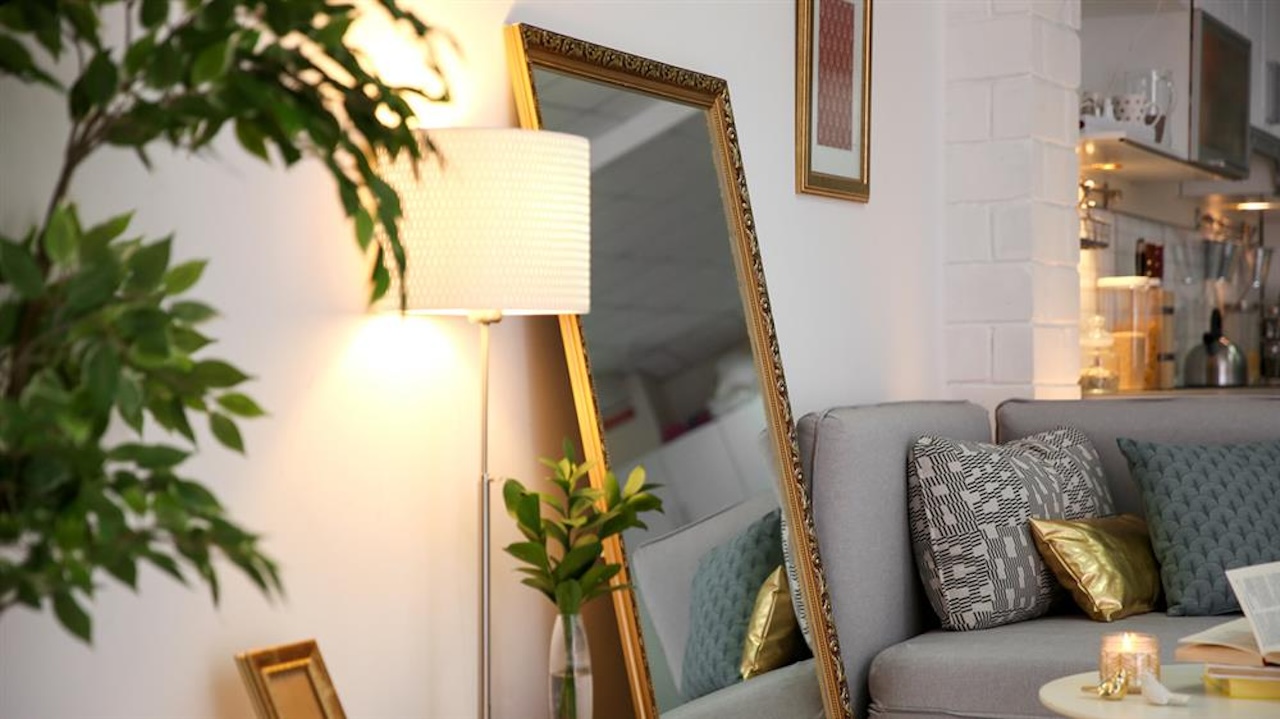
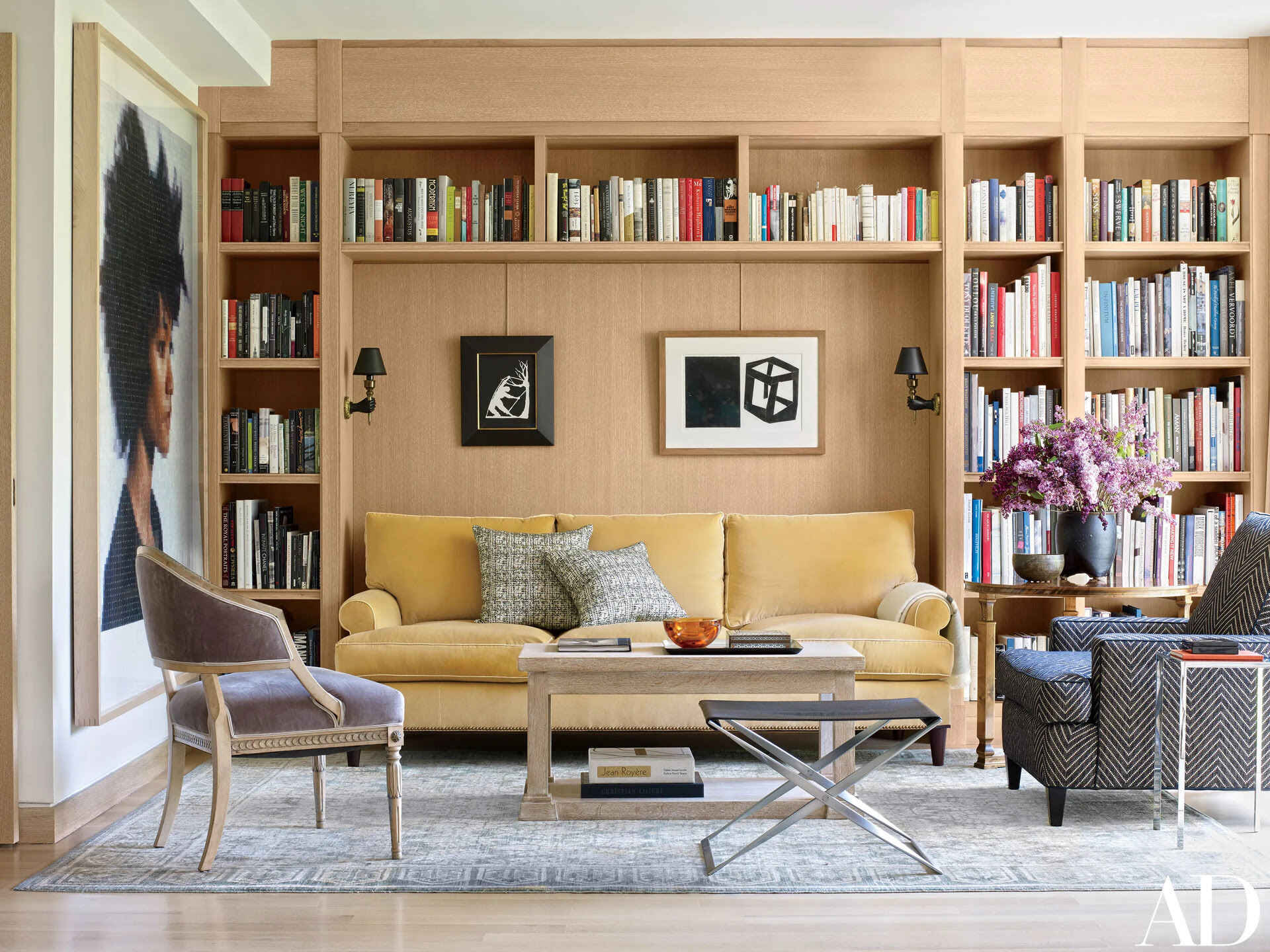
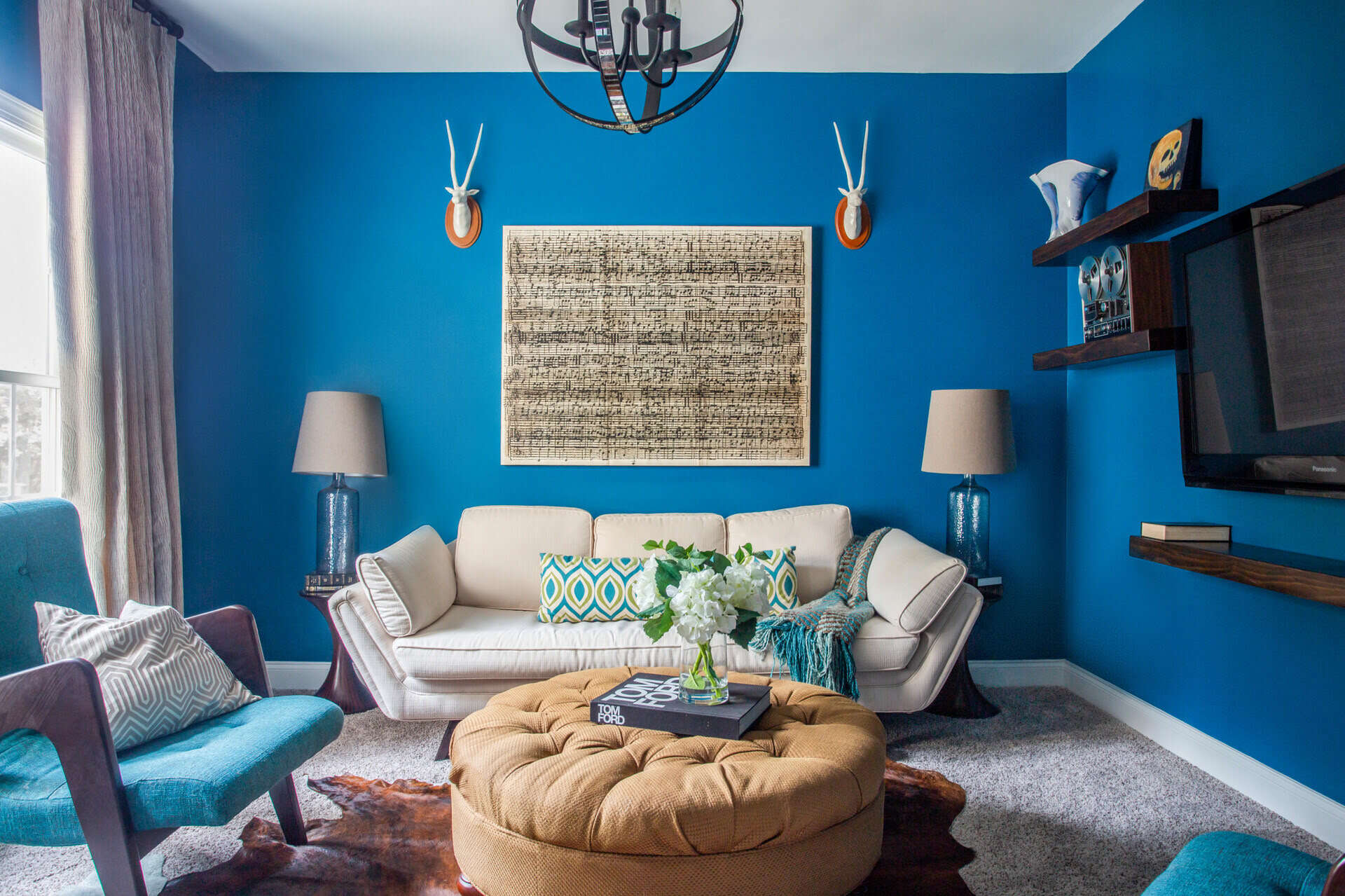
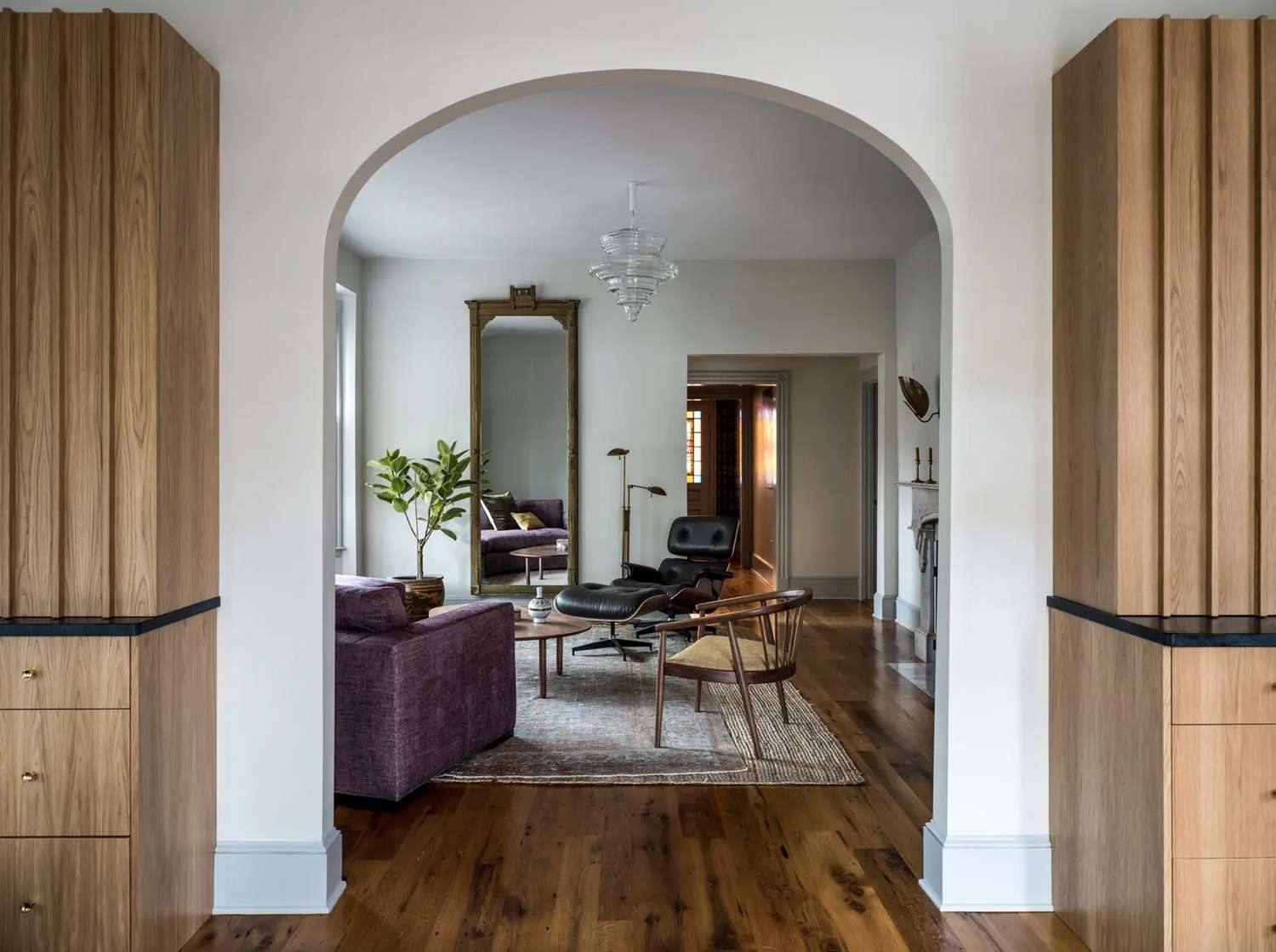
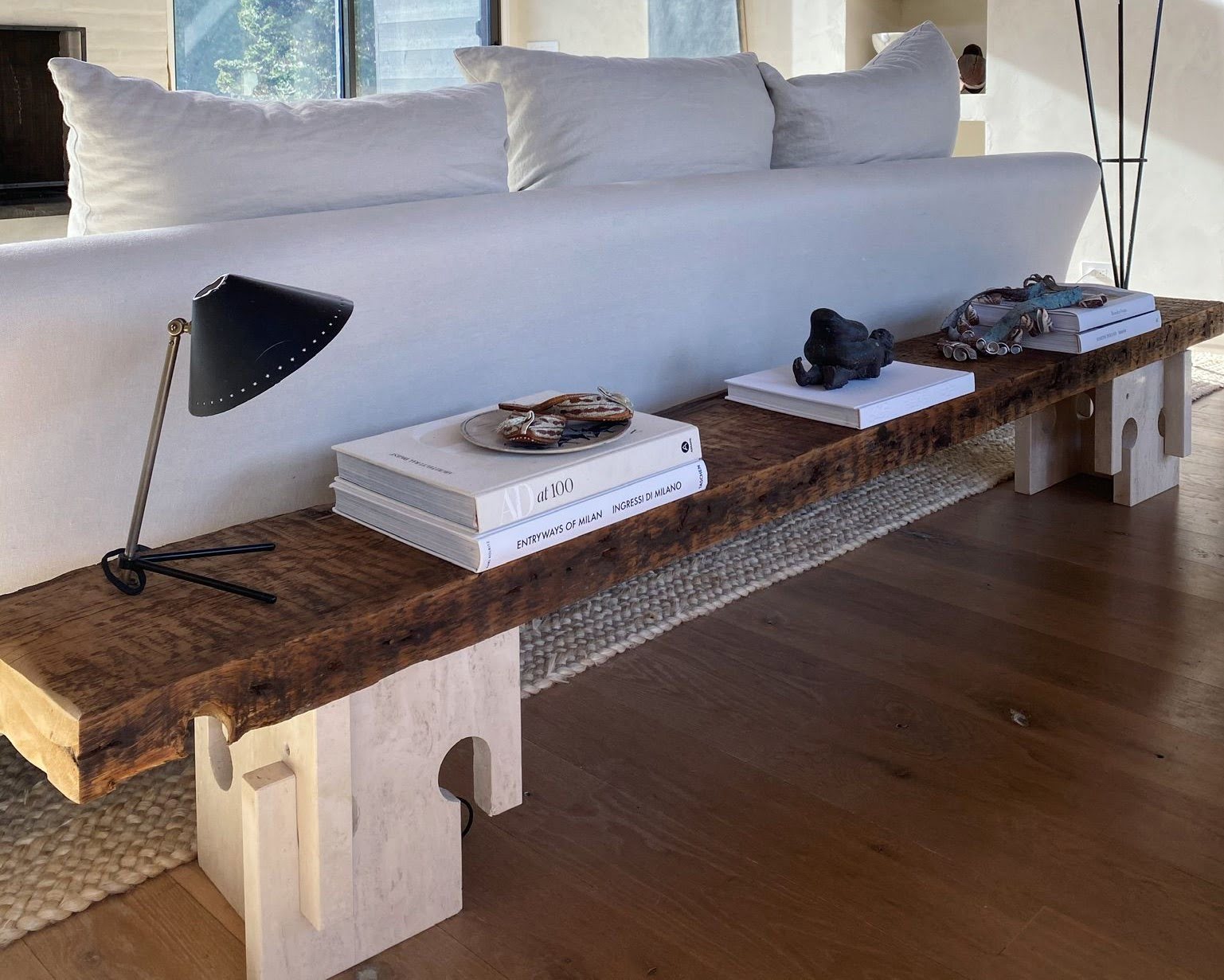
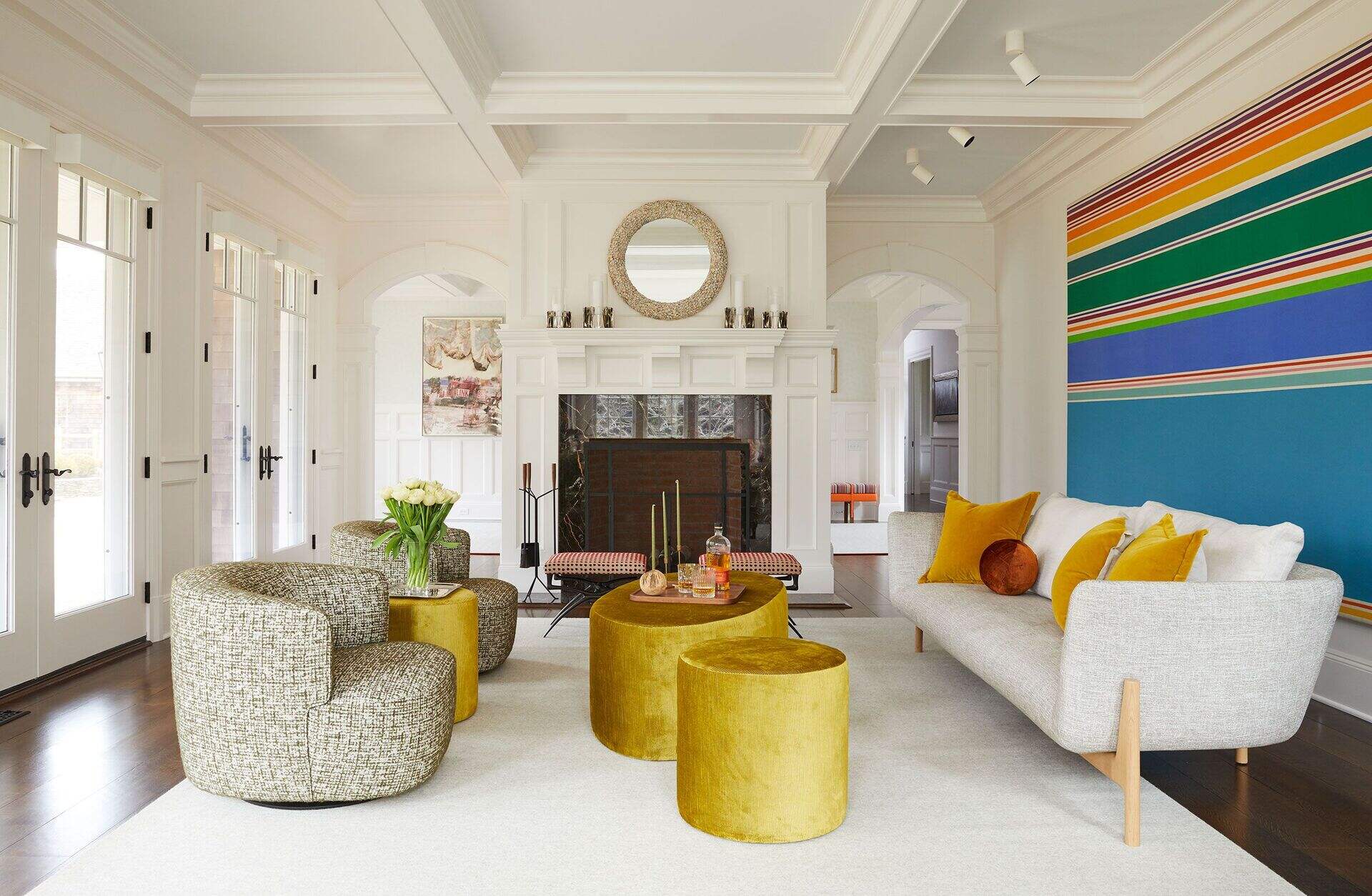
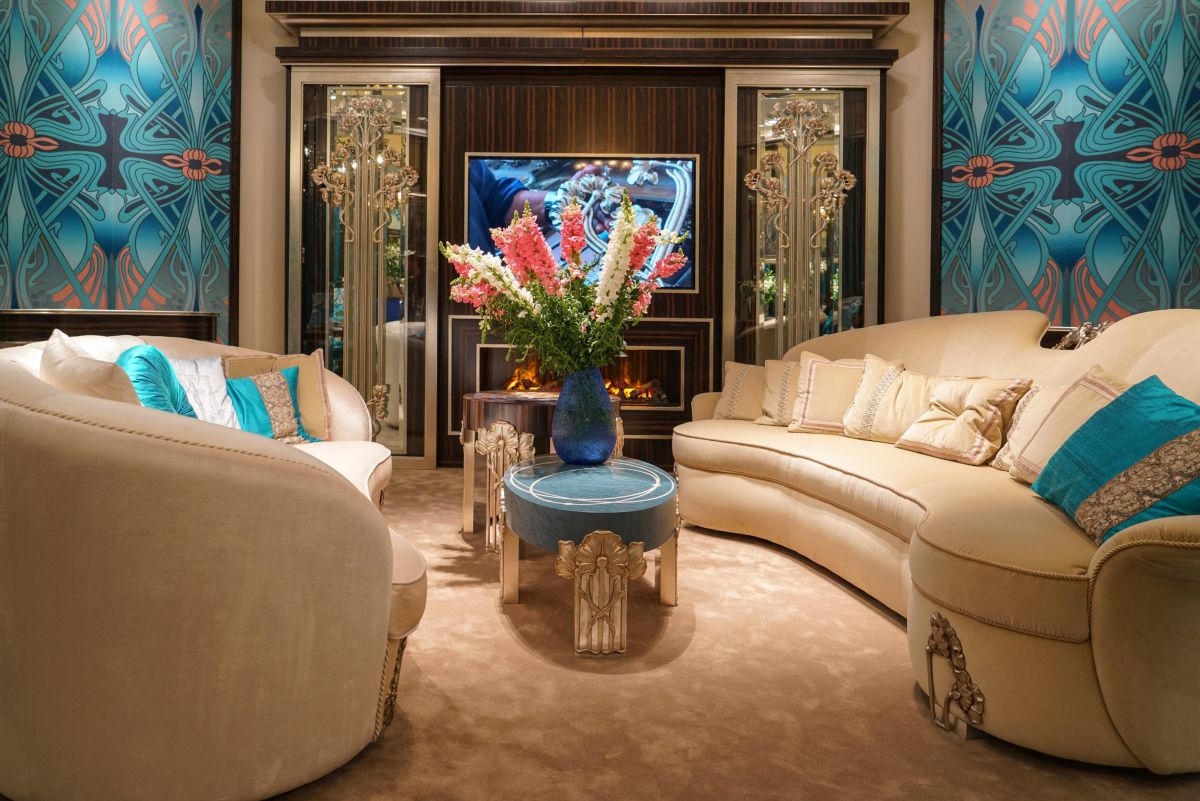
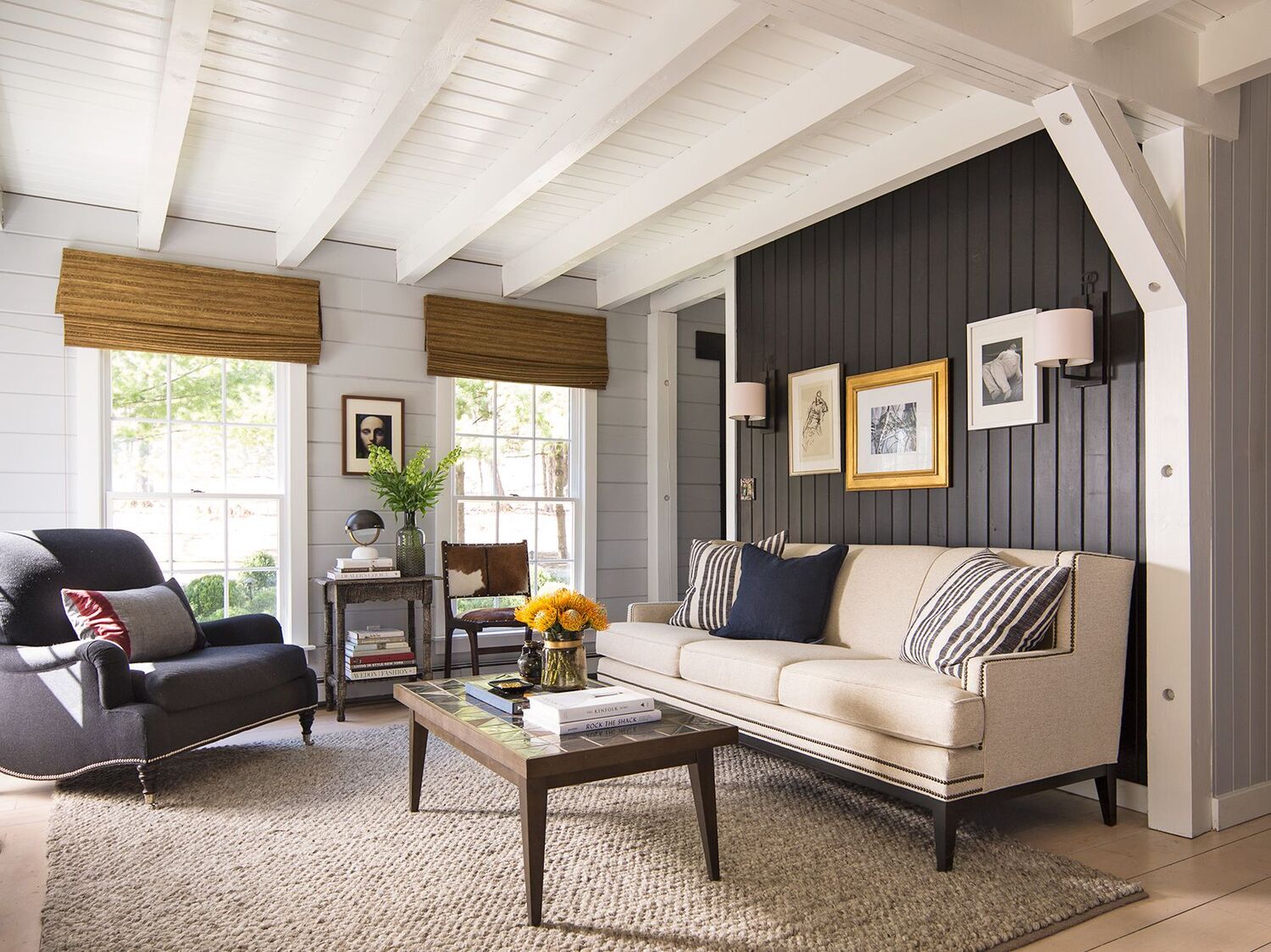
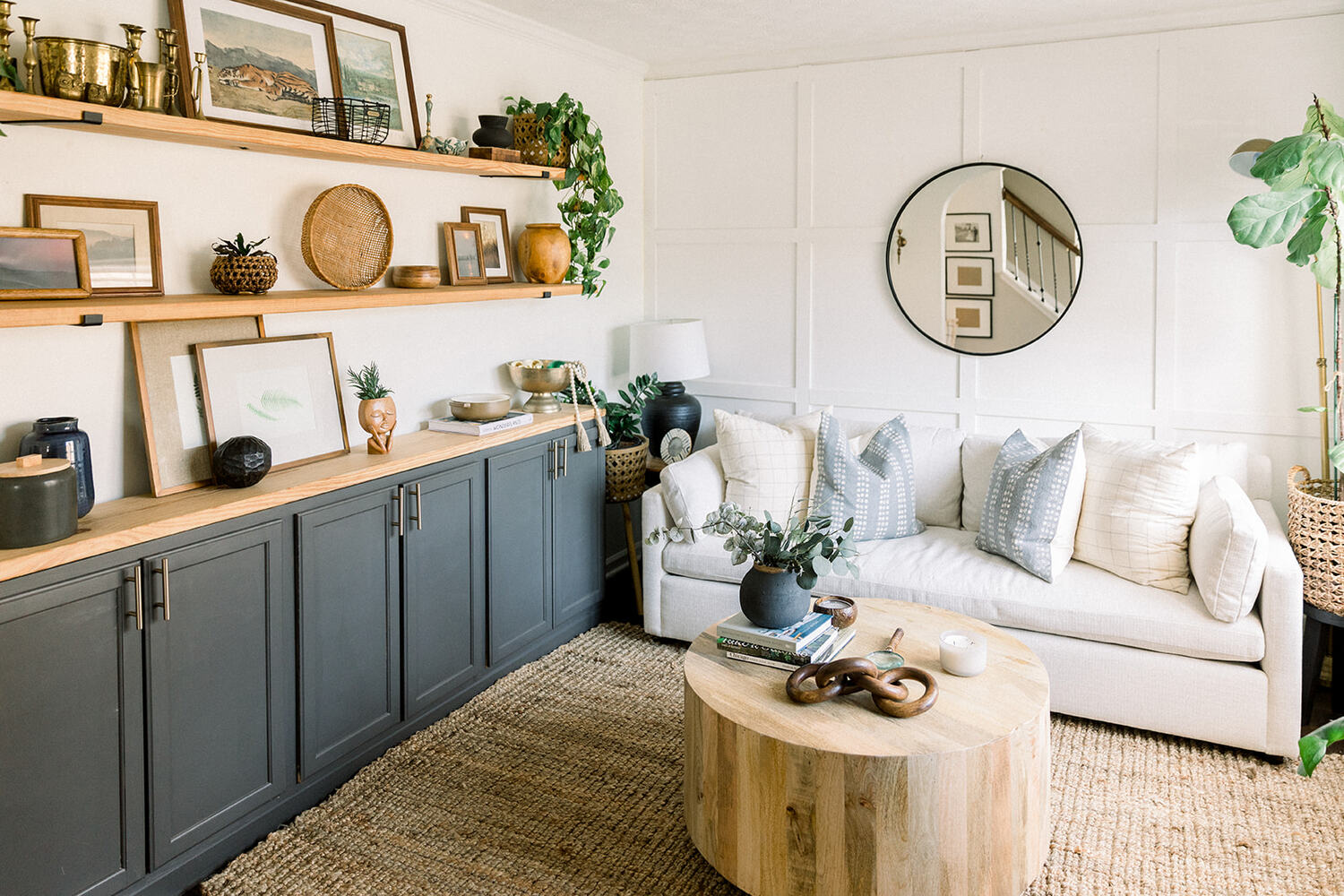
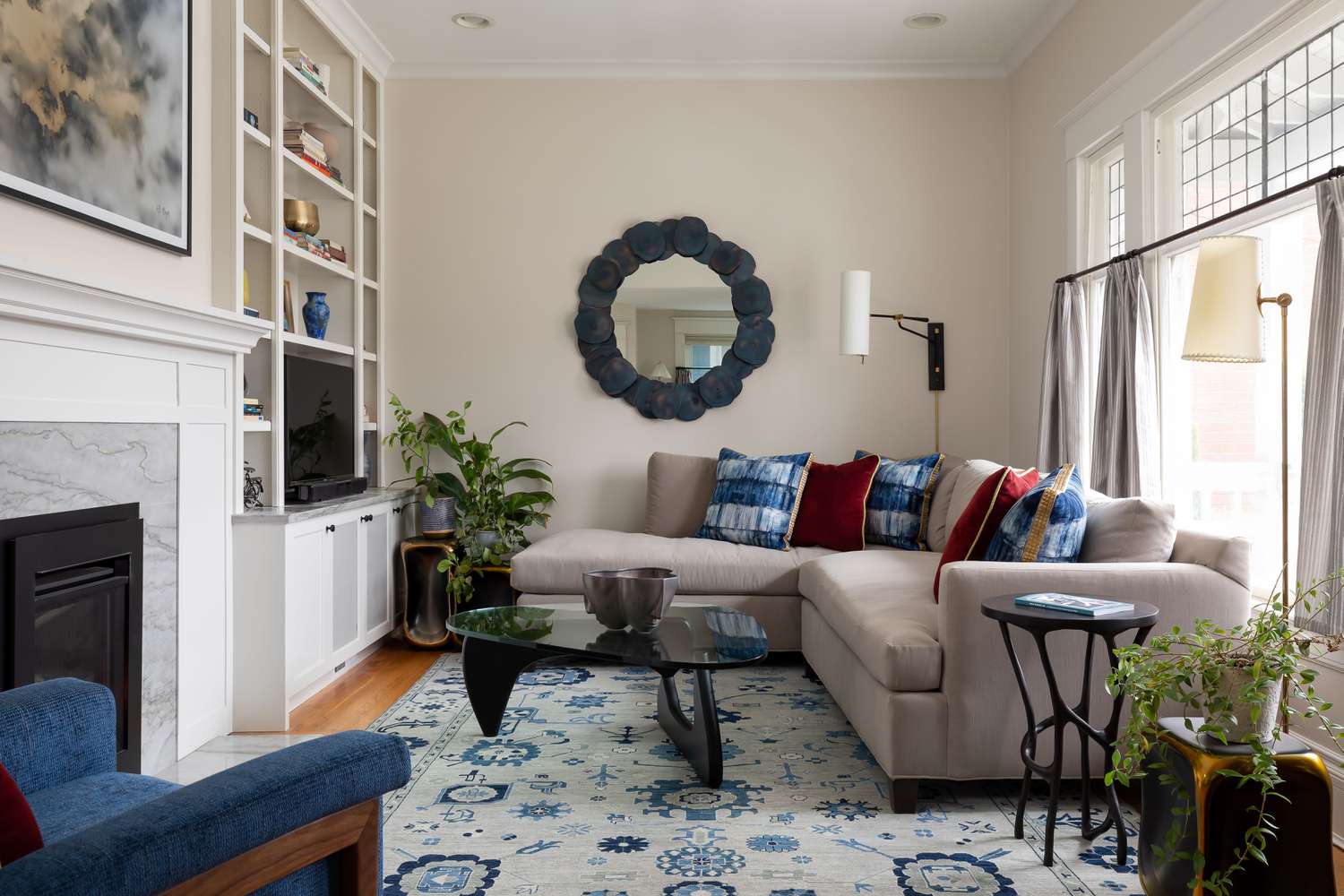

0 thoughts on “How To Decorate An Angled Wall In Living Room”